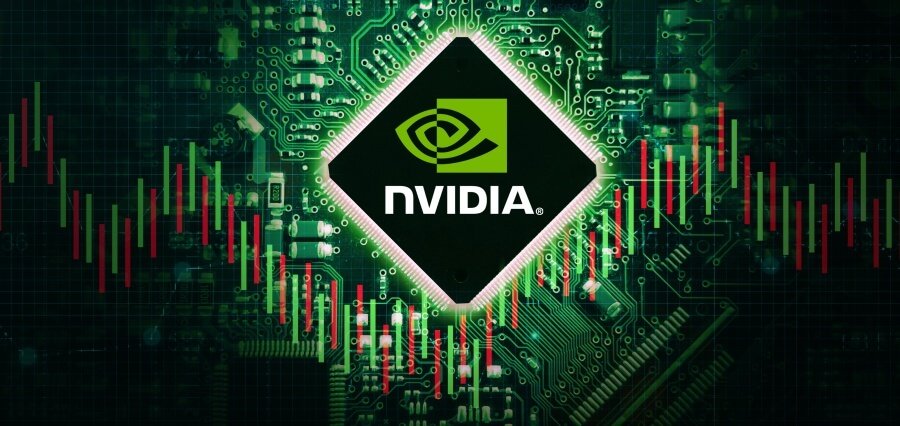A building society has unveiled a new mortgage with a £5,000 deposit, allowing hopeful homeowners to borrow up to 99% of their property worth.
Yorkshire Building Society’s new fee-free deal allows first-time buyers in England, Scotland, or Wales with a £5,000 deposit to acquire a house worth up to £500,000. For someone purchasing a typical first-time buyer property for £200,000, a £5,000 deposit would be equivalent to 2.5% of the purchase price, with the rest 97.5% borrowed as mortgage. The new mortgage is available directly to clients and through brokers via Accord Mortgages, the lender’s intermediary-only division.
Ben Merritt, the Yorkshire’s director of mortgages, stated that the society’s research indicates that £5,000 might cut the time it takes for first-time buyers to become mortgage-ready.
He noted that it might assist to foster a “level playing field for those who don’t have financial support from their families to fall back on”.
Borrowers with a deposit of at least £5,000 and a five-year fixed-rate mortgage at 5.99% might take advantage of the deal, which is only accessible to first-time buyers.
The borrower’s maximum age at the end of the mortgage term is 70.
The mortgage is not available for new-build residences or apartments, and the society stated that loans are subject to stringent credit and affordability requirements.
Mr Merritt said: “While £5,000 represents a 1% deposit for those who need to borrow the maximum amount available, the key is that customers are still putting money into a deposit, they still have to demonstrate strong creditworthiness and pass an affordability assessment to be eligible for a £5,000 deposit mortgage.
“We have a duty to encourage financial responsibility in anyone taking out a mortgage.”
According to previous social study, about two in five (38%) first-time buyers get financial assistance from friends and family in order to enter the home market.
Mr Merritt said: “The society’s research among 500 first-time buyers for its Home Truths report, published in September 2023, showed that 78% of people in this category feel homeownership is becoming an elite privilege while 63% believe the UK is in danger of becoming a nation of renters.”
Other lenders also provide incentives for potential homeowners who are trying to save for a deposit.
Skipton Building Society provides a “track record” mortgage, which enables renters to go on the housing ladder with no deposit required, subject to restrictions and conditions. Skipton uses borrowers’ rental payment data to assist determine how much they can borrow.
Some lenders also provide agreements in which family members put up savings as security for a set length of time, such as Barclays’ family springboard mortgage.
Read More: https://insightssuccess.com



















